Dear Friends and Partners
You could feel them with your back against the black prairie earth before you saw them, and even before you heard them. All else was silent, except for the occasional song of a prairie warbler. A stunning dome of cloudless blue azure sky filled your vision beyond the grassland horizon. The thunder of a million hooves spoke to you from deep within the soul of soil over miles of undulating and waving in the wind grasslands. Along with the rocks, the thigh deep grasses—little blue-stem, blue grama, and switchgrass of the short grass prairie offered cover to you and your fellow ambushers.
There were only a few of you stashed along the sedimentary badlands rimrock that lined this wide coulee. It led to water at the shallow river at the foot of the hill; you were all well-armed with razor sharp obsidian and chert arrow tips. These in turn were mounted on ends of shafts made of the ubiquitous straight stemmed red-osier dogwood that lined most creeks at your winter home at the foot of the mountains.
It was a mixed herd of prairie dwellers, you knew. You’d seen them before. They were likely bison, pronghorn, elk and deer. Often, they would travel separately when just searching for new grass. But when moved by predator, the animal groups would mix into massive herds on the move.
The trails in the coulee you made ambush in were well-traveled. Bison trails were highways in the prairie earth, and this was their path to water.
And now, as the earth rumble grew more pronounced, you felt the first breath of air. Moving air, now flowing down the coulee, a wind created by the stampede itself. Large herds moving across the outback west were so vast that air even made way for them. You knew that the sound—a low rumble of continuous prairie thunder would soon arrive next.
And then, the scent of a million snorting, sweating ungulates would push through.
They would head down to the winding ribbon of river, and stop, despite the fact that predators such as abundant packs of wolves or the ubiquitous grizzly initiated their motion. Water was scarce on the high plains, and they would grab a drink when they could.
You had an arrow notched and ready. You could feel your heart pounding in your chest in anticipation. You only hoped that the rimrock that you hid behind would be enough in the eddy of the flow of flesh to cover you—protect you from the trampling that often happened to the hunters of the herd.
It was before horses, and that introduction to bison-speed locomotion would change everything for the hunter and the hunted.
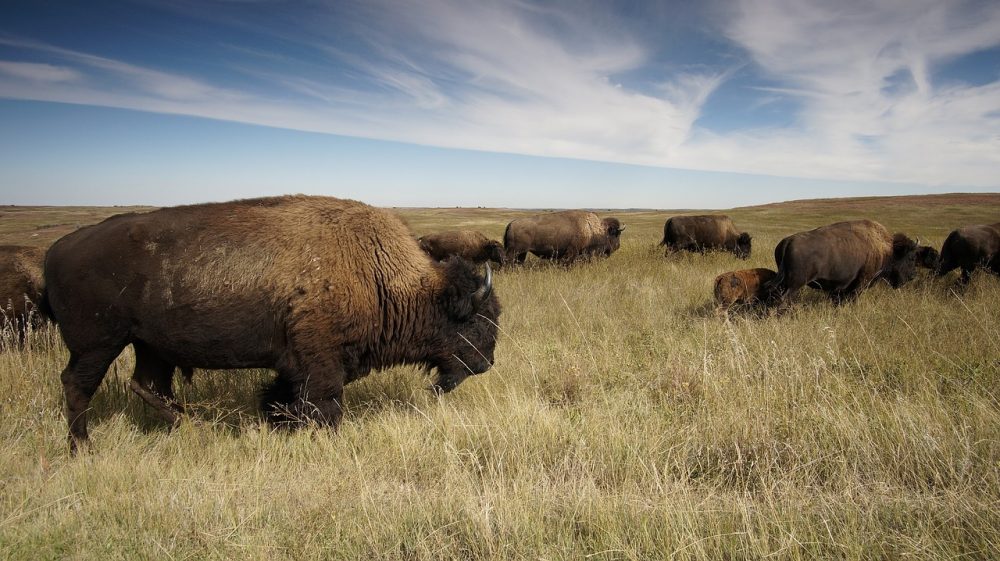
The year is only 1400. There’s no successful European settlement of North America. In fact, its land mass is still an unknown to nearly everyone in the Old World except to perhaps Europeans like Leif Erickson and Portuguese cod fishers. The only people living on the continent during that time were indigenous peoples living in largely tribal societies. Where there was water and abundant vegetation, these peoples tended to form complex societies with semi-permanent settlements, rudimentary technology and even a fairly organized governance.
Where the land was drier, as in the West and on the Great Plains, cultures tended to nomadic life, with portable shelter structures. Population densities were light, commensurate with the inherent productivity of the landscape.
People essentially lived in a way that followed their food, since their food moved. Rare were people who farmed crops in the arid west; instead, they harvested wild protein and gathered fruits, berries and roots along the way.
They shared the gathering—the hunting with other top-of-the-food chain predators. Grizzly bears roamed not only the forests and mountain areas as they still do today; they were plentiful on the plains, as protein was widely abundant in the form of larger than Serengeti herds of bison, pronghorn, elk and deer. Literally millions of these animals roamed the unending waves of grass that covered 30% of the North American continent.
And they kept moving. Always. For two reasons: new grass, and to create distance between them and predators. The herds, though smaller, even colonized the mountain country of the savannah forests of the West. When one thinks of bison, one imagines the massive herds of the Great Plains. But there were also smaller herds even in our mountains of the Pacific Northwest. There are still bison wallows on our grassy ranges. Occasionally, a bison head is still found in the forest. Pockets of mountain bison, elk, deer, and bighorn sheep made their homes in the sheltered grasslands amidst open forests of Ponderosa pine and Douglas-fir.
Fast forward several hundred years, post settlement, and there was a new type of grazer: the humble bovine. Our 46,000 acre rangeland, here in the mountains of Idaho, was alone home to thousands of head of cattle every year. The hillsides are literally lined with their hoofprints in the form of countless trails that crisscross many of the slopes of our range (those trails are visible even on Google Earth’s satellite view—see the screenshot below).
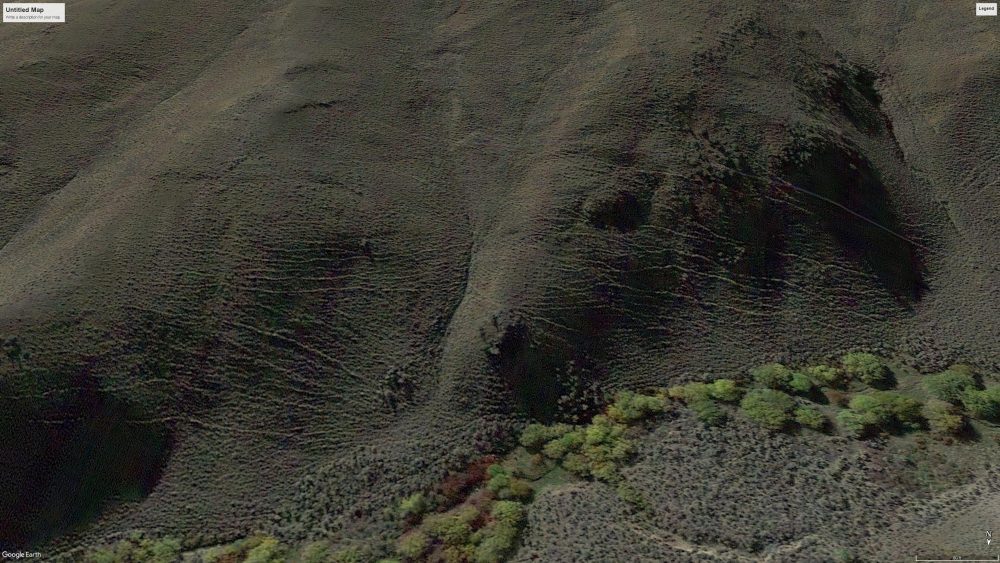
And they did not merely change the shape of the landscape. Their grazing changed the composition of the plants that lived there.
You see, those herds of cattle grazed differently than any grazer before them. What the settlers did first was extirpate predators—the herding agents. Then, they replaced the need for horseback herding with the advent of barbed wire. Within just a few short decades, a million miles of barbed wire crisscrossed the West.
And cowboy took retirement from herding. Predator was dead. Those thousands of head of cattle could fend for themselves without need of constant management, kept inside of huge rangeland acreages by equally huge stretches of barbed wire. Cowboy only needed to go collect them in the fall, before the winter winds hit.
They gathered them only to go find them and bring them home. In just half a century, it became a paradigm. For millennia, humans had been herders. Barbed wire ended one of the oldest professions, and created a paradigm of continuous grazing without the movement brought by predators or herding.
Two strands of steel changed a landscape.
When we started grazing our own cattle on the range, we thought that cattle could simply fill the niche left by bison. We could insert our cows into the natural systems bison once occupied, and all would be made right with the altered world up there so changed by 120 years of post-settlement grazing.
It seemed simple.
It turns out, it’s not easy to mimic nature. At first, I thought it was; after all, nature would heal itself if given the chance, right? I figured it was this thing where you simply put the cattle there and let their instincts take charge. After all, our herd wasn’t the thousands of the early 19th century. They’d be small bunches, much like the bison before them. They would become the husbandry agents on the landscape. The grasses, the forbs, and even the soils would respond. What could be easier?
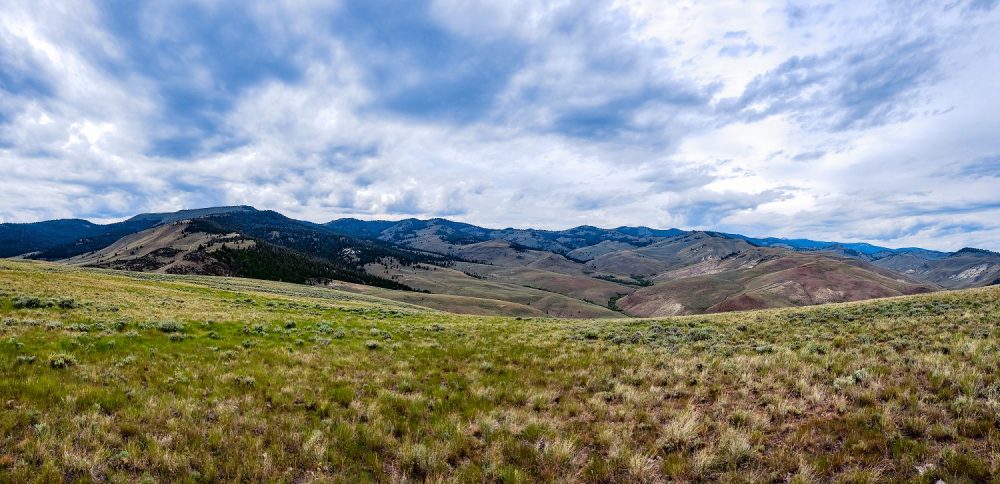
Nothing could be further from the truth. Certainly, we have some of the pieces. Even domestic black Angus cattle have a huge degree of natural instinct in them. Also, on our native plant ranges, all the species are still there from before settlement. What’s broken is their ecological position—the plant and animal communities and their functionality—highly altered from 120 years of continuous cattle grazing.
So why not just take the cattle out of the picture altogether? Couldn’t nature, by itself, reboot to the original function and form of mountain grasslands?
I used to think these rangelands in the West just needed the cows to be removed completely. I missed the connection that the prehistoric grazers had a certain place in these mountains.
So, back in my forester days, I saw cows only as agents of degradation. They trashed riparian areas. Fish habitat became mud. My forest regeneration projects were eaten by domestic cows. Grasslands became deserts. Sagebrush (not cow food) took over where cows had overgrazed everything else. Piles of manure lined beautiful wet meadows. Aspen stands didn’t regrow—their regenerating tips were annihilated by cows before they even had a chance.
I was all for getting the cows off the range. Period.
But now, I’m realizing that grazing—high intensity, short duration—with long rest periods stimulates plants to be more successful. After all, these plants thrived under such a paradigm in a time like 1400. What if we run our cows like bison, elk, and bighorn sheep herds ran prehistorically?
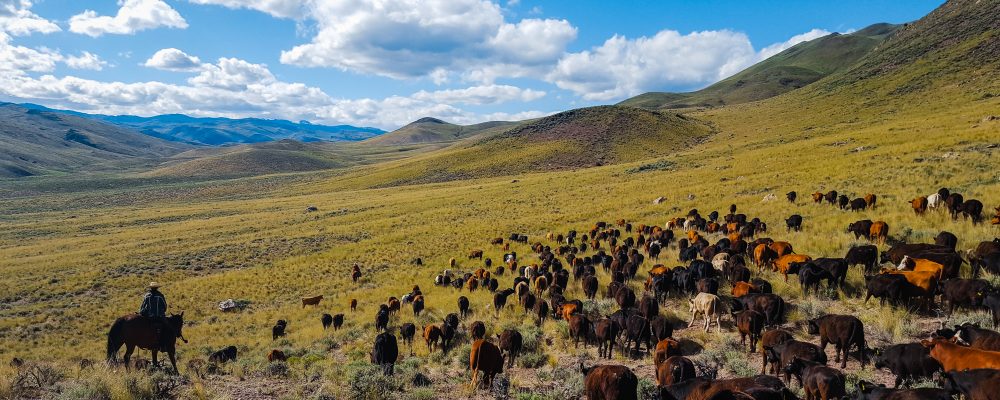
Wolves, grizzlies and mountain lions used to “herd” these grazers across the landscape, moving them continuously. The plants responded, adapting to the treatment of high intensity, short duration grazing from animals on the move.
And that was the key to the puzzle we were missing. What the predators inadvertently created was a randomized resting and very short duration and high intensity style of grazing.
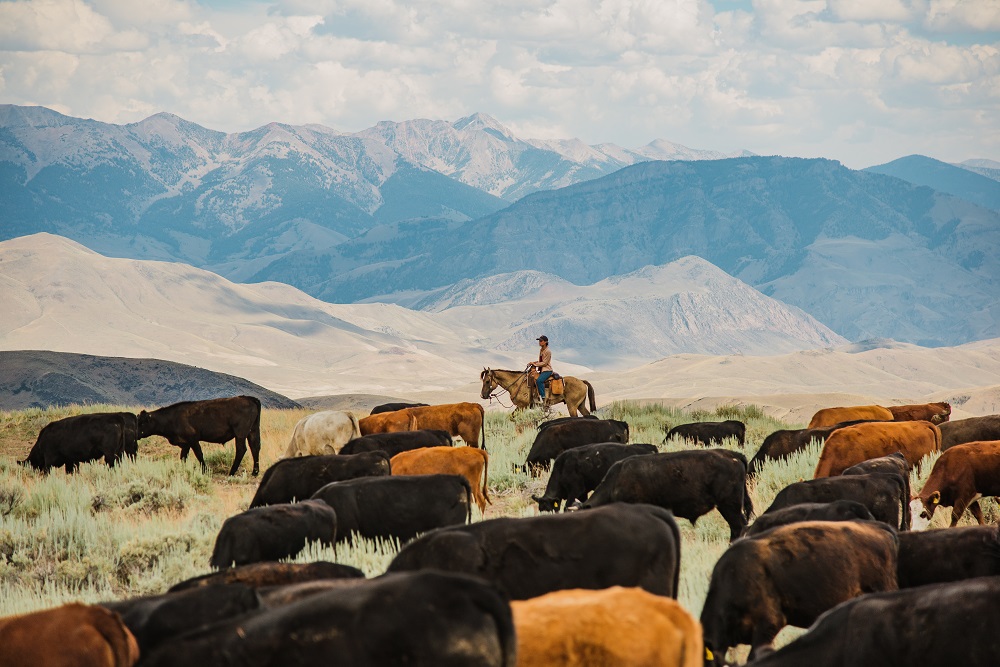
When we put all of that history together, and combined it with the ecological knowledge of these particular plants that we live with and love, Caryl and I realized that in order to mimic nature, we needed two things to happen: First, we needed to give the plants an opportunity to re-establish. That meant some rest. It would give time for old soil stashed seedbanks to manifest. Caryl, PhD botanist, especially knew that some plants are very sensitive to grazing when they are re-establishing. They need an opportunity to gain a foothold without grazing interference.
Secondly, rest would create organic matter that would contact the soil. If our cows exported all of it, the soil wouldn’t ever catch up.
We needed to let the land breathe a sigh of relief, after years and years of continuous widespread unherded unprecedented grazing.
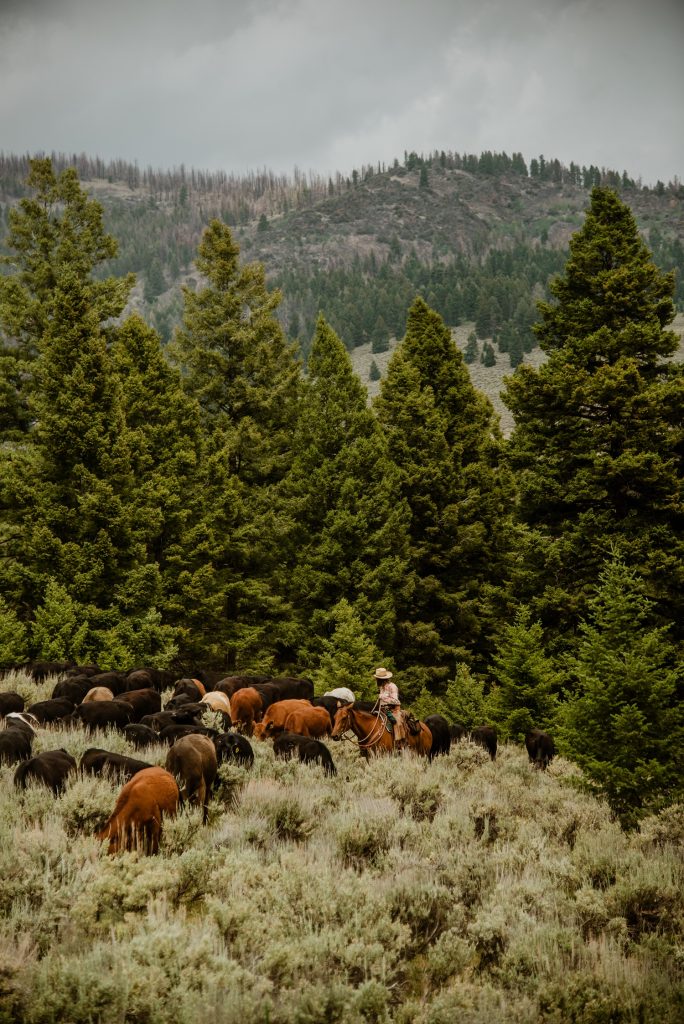
And so, we started to do just that by controlling our cattle by herding. We were wolves on horseback—the grizzly in a saddle. With GPS, we could monitor where we had grazed in years previous and avoid re-using those areas. Today we have as many as eight straight years of rest on some lowland sites.
Preliminary measurements show that our plant diversity has doubled, our soil covering by plants tripled, and even our organic matter content has doubled.
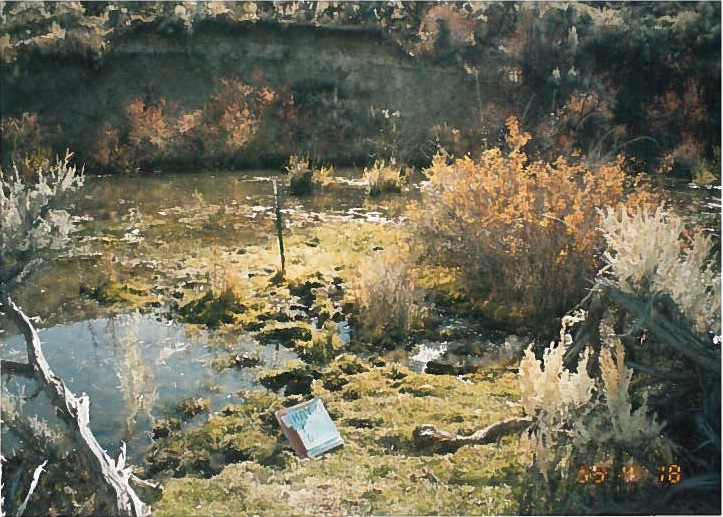
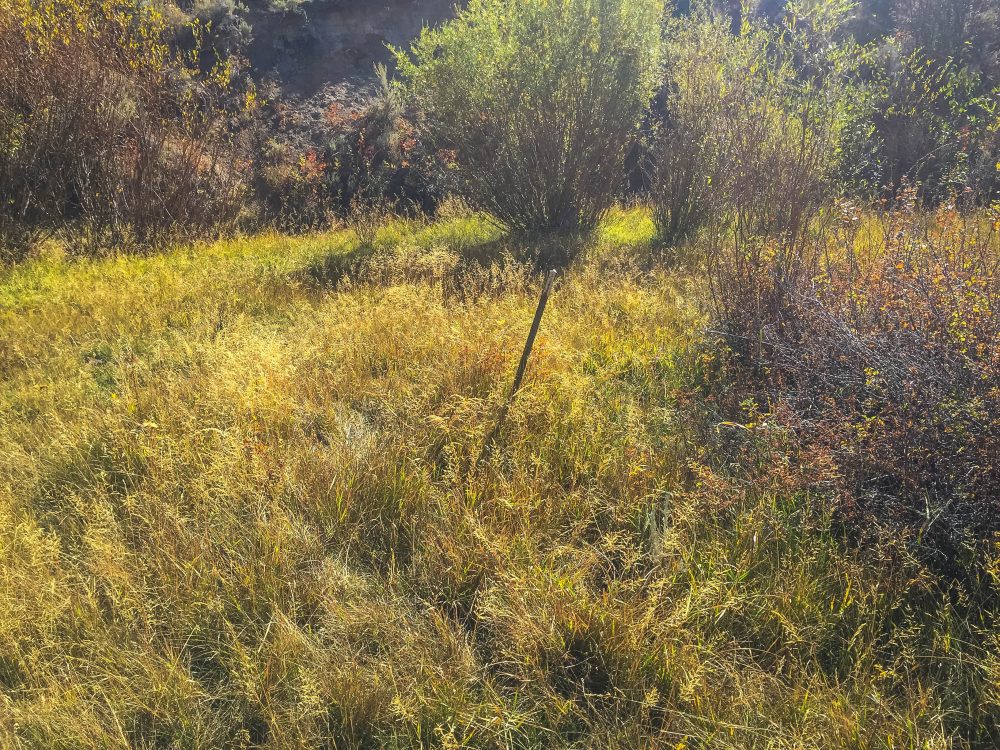
And that was all while we still grazed; but the difference was, we controlled our cows through herding. In a complicated mimic of nature. Sure, it was work, and it cost us. But the implications are that we can improve not only the productivity of the land through restoring it, but also that of our beeves.
And when we build plant cover and soil organic matter, we sequester tremendous amounts of carbon on what was once a desert landscape.
I think, ultimately, despite the hubris of man, nature still wins. If we live with that way of winning, we’ll win too.
Happy Trails.
Glenn, Caryl and Girls.


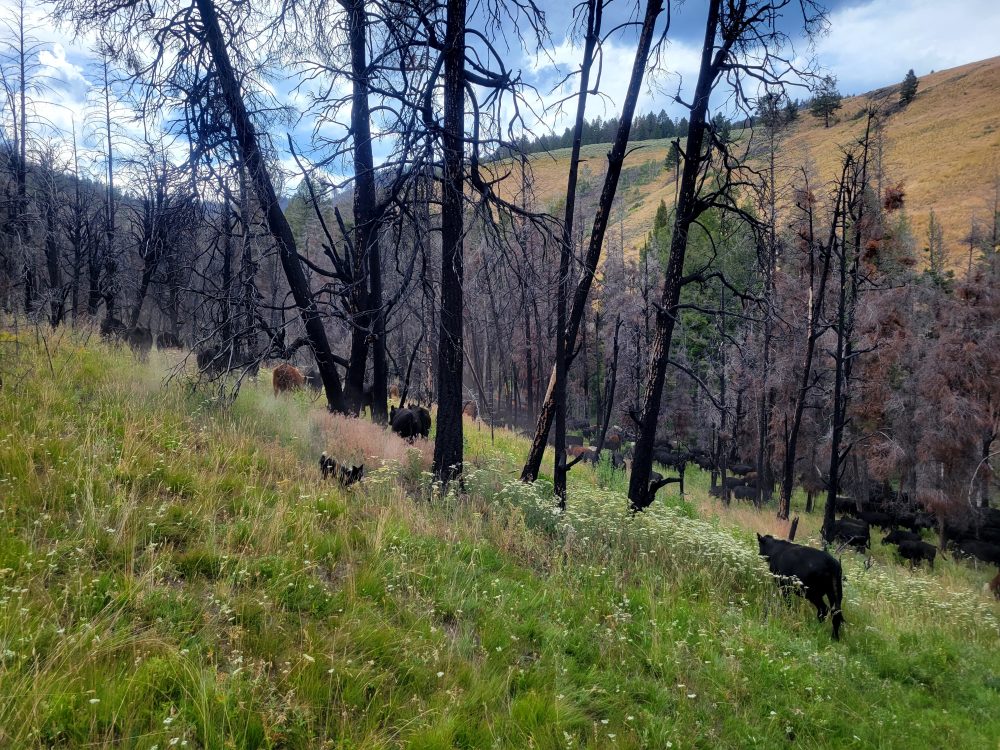
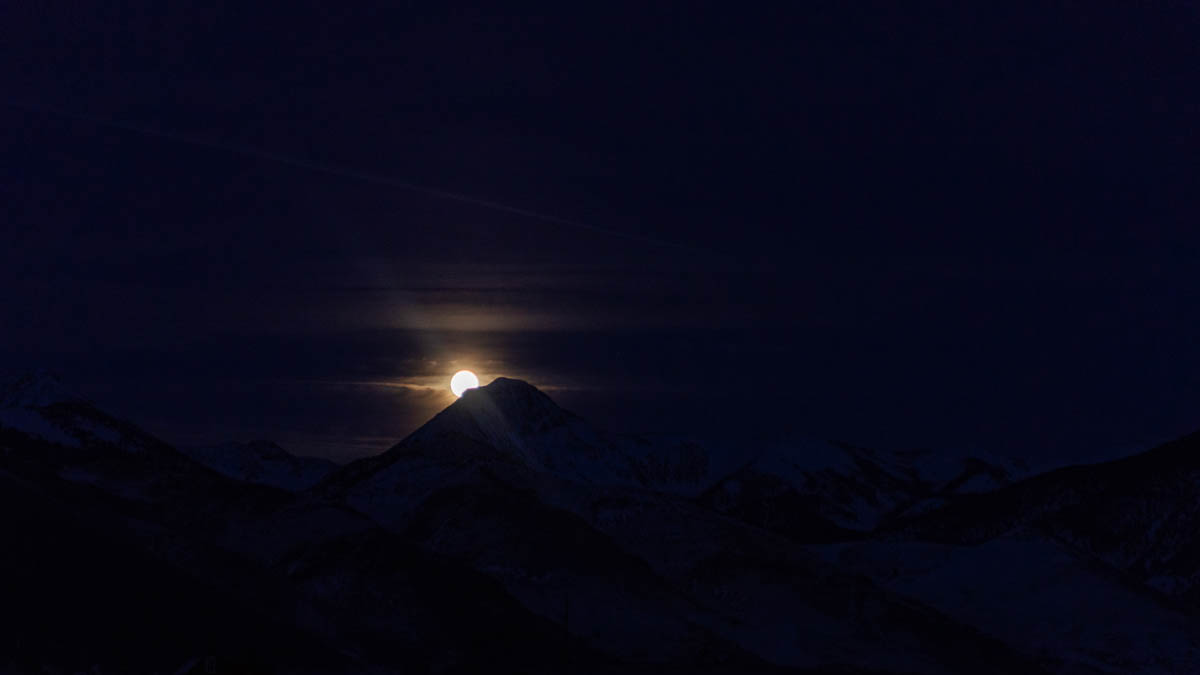



S.Ward
Glenn, you should combine all your stories (some day after you retire or during a snowed-in winter storm) into an anthology of ranch stories. It could be a little income in retirement. But really, you should write a book on all that you and Caryl have learned over the years. Your writing style is so captivating, I’m sure it could be a mainstay for ranchers, and maybe even a best seller!!
Deb Olsen
All life has a way to work together Mother Nature/God made it that way. Man thought you could take certain things out of the equation to work for them only to find out that was wrong. There is a purpose for every thing on earth no matter how small and when we change that it throws everything off kilter. You have figured out how to balance the scales again and bring back grasses that we’re almost lost and extinct, all of us prosper by your hard work and know that I greatly appreciate it. Thank you for all that you do!
Judy Summerville
I’m so happy to receive this “story†from you. Most of the Midwest is still stuck in that greed that was destroying the west. It is such a pleasure to see (and taste) the results of your careful herding. Thank you many times over.